Posted on 9/27/2024
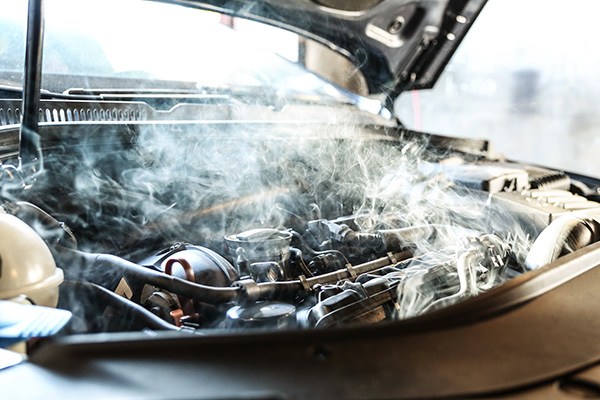
You’re driving along, everything seems fine, and then suddenly, you spot steam rising from under the hood of your car. It’s one of those moments where your heart might skip a beat because you know something isn’t right. But before panic sets in, it's important to understand why this might be happening and what steps you should take next. Steam isn’t just an inconvenience—it could be a sign of a serious issue that needs attention right away. Why Is There Steam Coming from Under My Hood? The presence of steam usually means your engine is overheating. An engine produces heat while running, but it relies on a cooling system to keep the temperature in check. If something within the cooling system isn’t functioning properly, the engine’s heat will rise to dangerous levels, leading to overheating and steam. Common causes for this include a lack of coolant, a radiator leak, or a malfunctioning thermostat. Sometimes, it could be ... read more
Posted on 8/30/2024
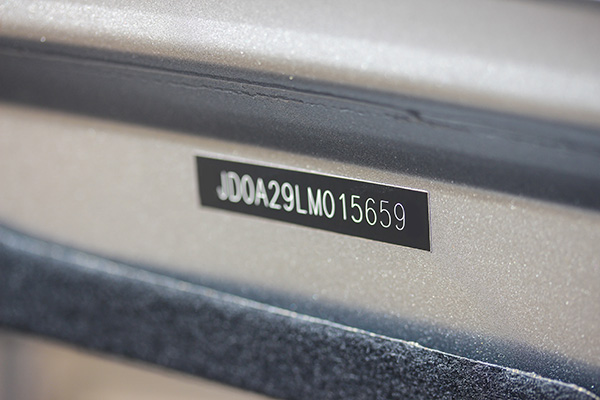
When you glance at your vehicle’s dashboard or open the driver’s door, you might notice a seemingly random string of 17 characters. This alphanumeric code is your Vehicle Identification Number or VIN. Far from being a meaningless jumble, the VIN holds a wealth of information about your car, including its origin, make and model, and even the plant where it was assembled. Understanding how to decode your VIN can provide insights into your vehicle’s history and ensure you get the right parts replacements. What is a VIN and Why It Matters The VIN is essentially your vehicle’s fingerprint. It is unique to every car and serves as a critical tool for identification, much like a Social Security Number does for individuals. Since the 1980s, automakers worldwide have adhered to the 17-character VIN standard, which means that no two vehicles manufactured after this period can share the same number. This standardization helps track vehicles across differe ... read more
Posted on 7/26/2024
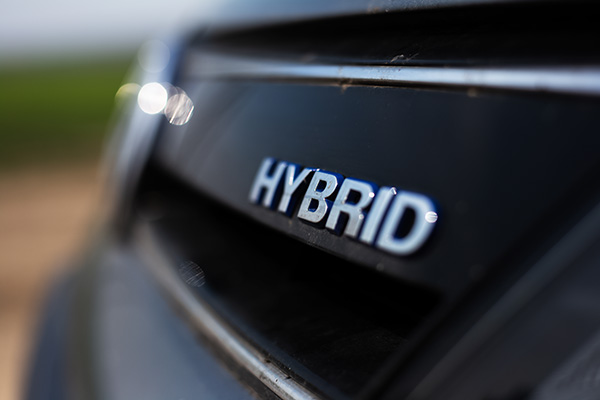
Hybrid vehicles are becoming increasingly popular due to their impressive fuel efficiency and lower emissions. A key component of these vehicles is their battery, which allows them to switch seamlessly between gasoline and electric power. However, just like any other part of your car, the hybrid battery requires proper care to ensure it lasts as long as possible. So, how can you extend the battery life of your hybrid vehicle? The basics of the Hybrid Battery Understanding what makes a hybrid battery different from a traditional car battery is important. Hybrid batteries are usually made from nickel-metal hydride (NiMH) or lithium-ion (Li-ion) cells. These batteries are designed to last for many years, sometimes beyond the life of the vehicle itself. However, they are not immune to wear and tear, and their performance can degrade over time if not properly maintaine ... read more
Posted on 6/28/2024
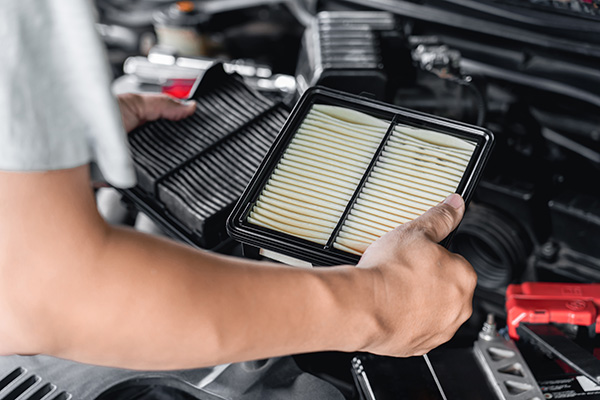
Maintaining your car's performance involves paying attention to many components, and one often overlooked yet critical part is the air filter. You might wonder, "How does a dirty air filter affect fuel economy?" It's more significant than you might think. A clean air filter ensures optimal airflow to the engine, which is important for efficient fuel combustion. Let's see how a dirty air filter can impact your vehicle's fuel economy and why regular maintenance is essential. The Role of an Air Filter in Your Car Your car's air filter plays a crucial role in maintaining engine health. It's designed to filter out dirt, dust, and other contaminants from the air entering the engine. Clean air is crucial for the combustion process, where fuel mixes with air to power your car. Without an efficient air filter, debris can enter the engine, leading to wear and tear and reduced performance. How a Dirty Air Filter Affects Fuel Economy ... read more
Posted on 5/23/2024
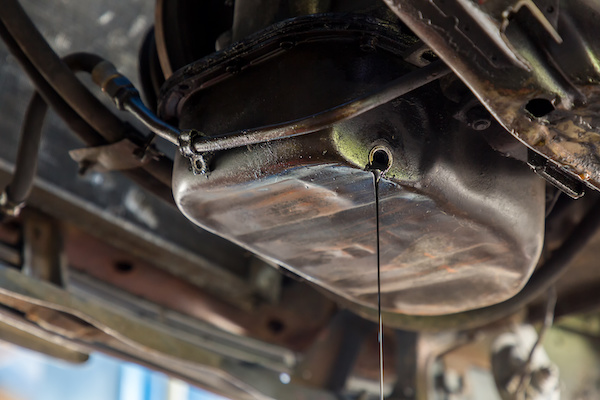
Accidents happen, and one of the mishaps involves hitting the oil pan on your vehicle. This can occur from running over debris, hitting a pothole, or even misjudging a curb. But once it happens, the immediate question is: Is it safe to continue driving? Understanding the role of the oil pan and the potential damage from such an incident is required for making the right decision and ensuring your car's health and your safety. Why Is The Oil Pan Important The oil pan, situated at the bottom of your engine, holds the engine oil that lubricates vital components, ensuring they function smoothly. It's a part of your vehicle's lubrication system. When you start your car, the oil pump draws oil from the pan and distributes it throughout the engine. Engine parts can suffer from friction without sufficient lubrication, leading to overheating and significant damage. Immediate Steps to Take After Hitting Your Oil Pan If you hit your oil pan, you should first pull over to a safe loc ... read more